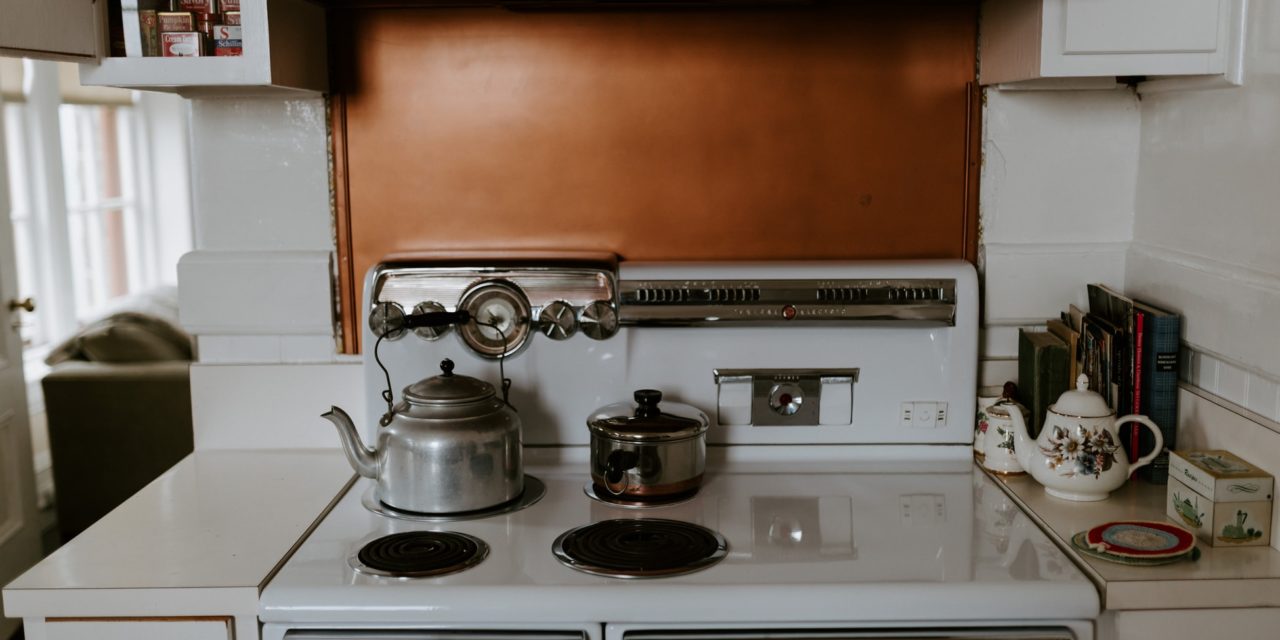[ad_1]
Counter tops play a crucial role in setting the mood in a kitchen. They also have a functional role to play as they serve as a suitable worktop for your cooking, baking, prepping, and other needs. Such work surfaces in the kitchen can be made with many materials. Each of them works for different interior settings, and has its own set of advantages and disadvantages. Here is a look at 5 popular picks for kitchen counter tops.
• Granite
Granite is possibly the most widely used materials for kitchen counter tops. This mottled appearance of granite displays a beautiful array of colors and patterns that works just fine traditional and transitional themes. Each piece of granite is unique, so you also bring in this exclusivity to your kitchen when you opt for this material. Additionally, splashes, nicks, cuts, heat marks etc. do not show up on such surfaces, and hence, wear and tear is less visible on granite counter tops. On the downside, granite needs to be sealed well to avoid stains. The material is also extremely heavy, so it can only be fitted over cabinets that are strong and sturdy.
• Marble
Marble is a material that looks and feels rich in any interior setting. Its luminescent surface and unique veining make it an unmatched choice for traditional homes. The elegance exuded by a marble counter top is unmatched by any other stone. It tolerates heat well, and hence is an apt choice for pastry and baking needs. However, marble forms stains easily, even when sealed. It also forms cracks and chips easily. As a result, it becomes less sensible to use marble throughout the kitchen counter top – most home owners restrict the use of marble to a limited space.
• Zinc
This metal that is seen in commercial kitchen is now a favorite in residences too. This old-fashioned material is a good pick for those who love metallic counter tops. Zinc has a soft, matte look, and develops a rich patina with time, and over use. The material is also malleable, making it a great pick for detailing. The anti-microbial properties of Zinc also add to the appeal of this metal in kitchen work surfaces. Zinc can also be cleaned easily with just a swipe of a cleaning cloth and mild liquid. The metal however, is expensive. It develops scratches and heat marks easily, which can spoil the appearance of the counter top. Acids and liquids can also react with the surface and leave undesirable marks on the worktop.
• Laminates
Laminate counter tops are made with a blend of paper, resins, and particle boards fused to one another. It has been a popular pick for decades, also owing to its considerably lower cost. Laminate counter tops today are as stylish as work surfaces made from any other material. Many improved designs mimic actual stones, wood, and other expensive materials, but can be fitted at a fraction of the cost of the original. Laminate is also easy to clean and maintain, and can be fitted over light cabinetry as well. On the other hand, this material is prone to scratches, burns, and some kind of stains. Also, the layer that make the laminate can peel over time and use. Laminates also don't work with under mount sink, and can be difficult to repair or replace if damaged.
• Wood/Butcher's block
Wooden counter tops are a classic addition to kitchen spaces. They always retain their freshness, and are ideal for country, rustic, and cottage styled kitchens. The warm and natural feel of wood tones is inviting in kitchen spaces. Even if scratches develop, you can buff them down, or leave them as is for that shopworn look. On the downside, wood expands and contracts with exposure to moisture and heat. It can also warp or crack if not treated properly. The block also needs to be oiled to fill in scratches, and to keep the counter top well protected.
In addition to the above, you can use soapstone, engineered stone, recycled glass, pewter, and many other materials on your kitchen counter tops.
[ad_2]
Source by Grisel Herrick


